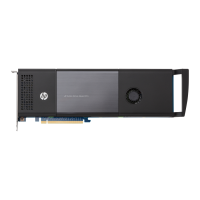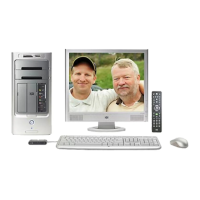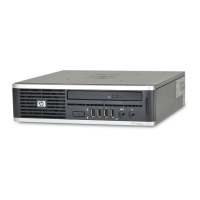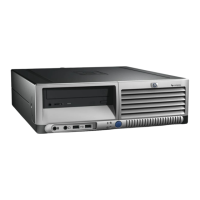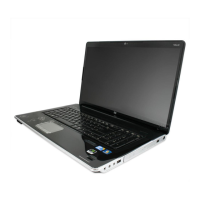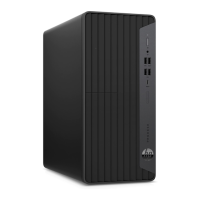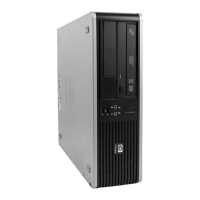SolutionCause
Be sure that the cable is securely attached to the network connector, and
that the other end of the cable is securely attached to the correct device.
The cable is not securely connected.
Contact an authorized service provider.The network controller is defective.
Cannot connect to network server when attempting remote system installation
Use this information to troubleshoot the computer.
SolutionCause
Verify that network connectivity exists, a DHCP Server is present, and the
Remote System Installation Server contains the network interface card
(NIC) drivers for your NIC.
The network controller is not configured
properly.
System setup utility reports unprogrammed EEPROM
Use this information to troubleshoot the computer.
SolutionCause
Contact an authorized service provider.Unprogrammed EEPROM.
Solving memory problems
If you encounter memory problems, some common causes and solutions are listed in these tables.
IMPORTANT: Depending on the Management Engine (ME) settings, power can still be supplied to the
DIMMs when the computer is turned off. To avoid damage to the DIMMs or the system board, you must
unplug the computer power cord before attempting to reseat, install, or remove a memory module.
For those systems that support error correction code (ECC) memory, HP does not support mixing ECC
and non-ECC memory. Otherwise, the computer will not boot the operating system.
NOTE: The memory count will be affected by configurations with the ME enabled. The ME uses 8 MB
of system memory in single-channel mode or 16 MB of memory in dual-channel mode to download,
decompress, and execute the ME firmware for Out-of-Band (OOB), third-party data storage, and other
management functions.
System will not boot or does not function properly after installing additional
memory modules
Use this information to troubleshoot the computer.
Solution
Cause
Verify that a memory module is installed in the DIMM1 or XMM1 socket on
the system board. This socket must be populated with a memory module.
A memory module is not installed in the
DIMM1 or XMM1 socket.
Replace module with the correct industry-standard device for the
computer. On some models, ECC and non-ECC memory modules cannot
be mixed.
Memory module is not the correct type or
speed grade for the system, or the new
memory module is not seated properly.
50 Chapter 5 Troubleshooting without diagnostics
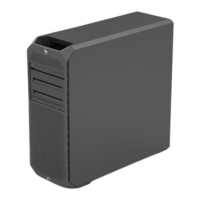
